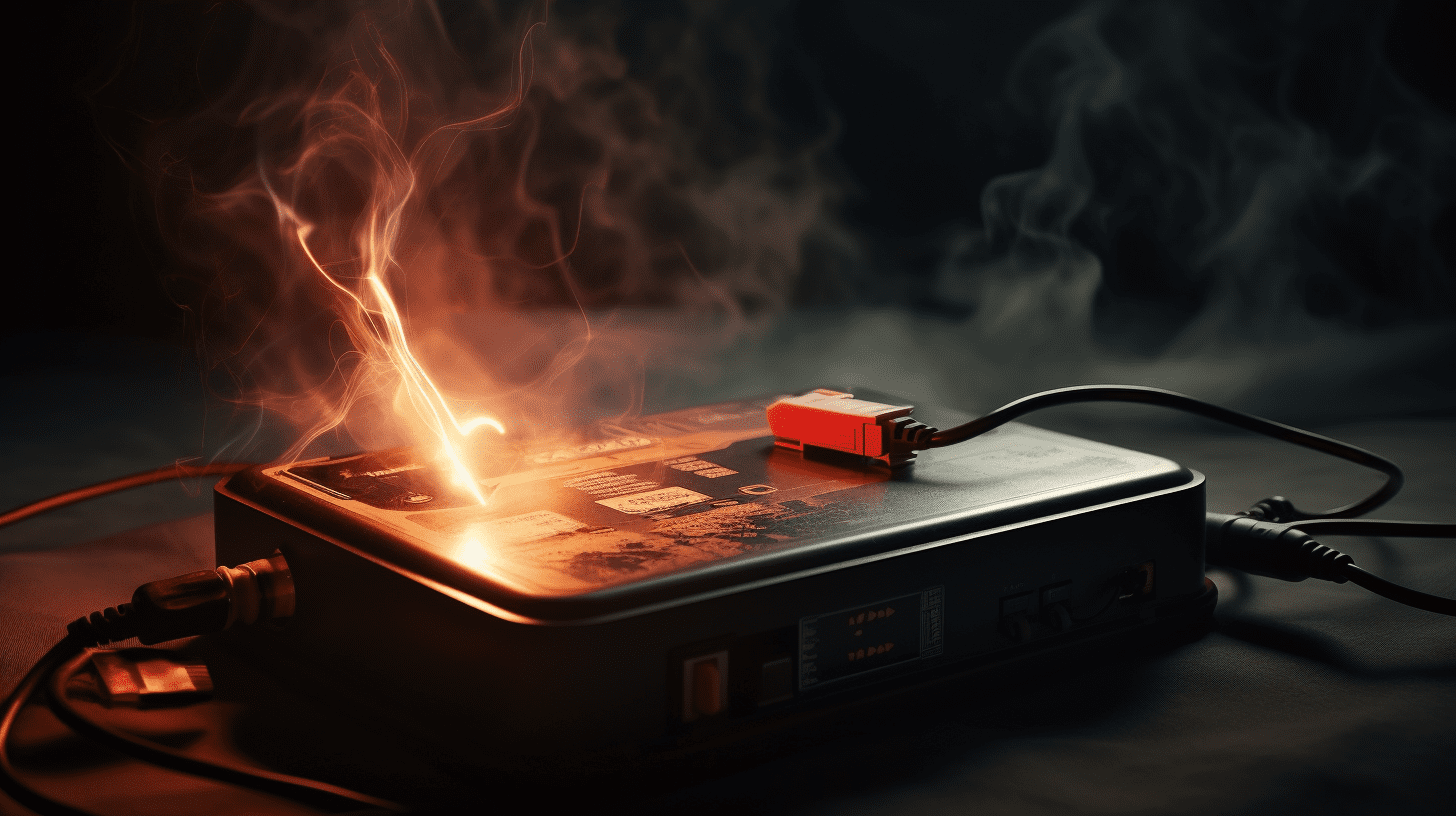In recent years, the popularity of electric bikes (e-bikes) and scooters has soared, offering a convenient and eco-friendly mode of transportation. However, a concerning trend of fires caused by these vehicles is emerging, with potentially fatal consequences. Poorly made or overused lithium-ion batteries, which power these bikes and scooters, can explode and ignite deadly blazes that are challenging to extinguish. This alarming issue has raised questions about the safety of these vehicles and the need for stricter regulations.

With the rise in electric bike and scooter fires, it is essential to understand the factors contributing to these incidents. This article delves into the science behind lithium-ion batteries, how they function, and why they can catch fire. It also sheds light on the challenges of extinguishing these fires and the importance of proper battery design and safety mechanisms.
Lithium-ion batteries, unlike older battery technologies, charge faster, last longer, and offer increased power in a smaller package. They have revolutionized various industries, from communications to transportation. However, not all lithium batteries are created equal. Poorly manufactured batteries or those subjected to excessive charging or long-term use pose a higher risk of fire.
The chemistry of lithium-ion batteries involves a flammable organic electrolyte that aids in generating a current. This, in turn, creates a fire risk if the battery overheats. Internal short circuits, caused by misalignment of battery cell layers or external factors such as bike crashes or dust particles, can lead to a chain of events that result in a fire. Once the battery reaches a specific temperature threshold, it cannot cool itself down, causing the battery components to melt and decompose, generating flammable gases. Combined with oxygen from the environment, these gases ignite, fueling the fire.
Extinguishing a lithium-ion battery fire is challenging due to the unique properties of these batteries. Water is not an effective solution and can actually exacerbate the fire. Specialized foam is required to suppress this type of fire, making it difficult for individuals to address such incidents themselves. Furthermore, many e-bikes and scooters lack robust cooling systems or safety sensors, which could shut down the battery in case of overheating. This is particularly concerning for cheaper and more compact battery designs, such as those found in e-bikes.
In light of these safety concerns, there is a growing need for stricter regulations and standards for e-bikes and scooters. Manufacturers should prioritize the inclusion of safety mechanisms, such as cooling systems and gas detection sensors, to mitigate the risk of battery fires. Additionally, education and awareness programs can help users understand the importance of proper battery care and storage, such as avoiding overcharging and keeping batteries in cool environments.
Frequently Asked Questions (FAQs):
1. Are all lithium-ion batteries dangerous?
– No, most lithium-ion batteries operate safely. However, poorly made or overused batteries can pose a fire risk.
2. Why do lithium-ion batteries catch fire?
– Lithium-ion batteries contain a flammable organic electrolyte, which can ignite if the battery overheats due to internal short circuits or other factors.
3. Can water be used to extinguish a lithium-ion battery fire?
– No, water can worsen the fire. Specialized foam is required to suppress this type of fire effectively.
4. Do all e-bikes and scooters have safety mechanisms to prevent battery fires?
– Not all e-bikes and scooters have robust cooling systems or safety sensors. Cheaper and more compact designs may lack these features.
5. How can users prevent battery fires in e-bikes and scooters?
– Users should prioritize proper battery care and storage, such as avoiding overcharging and keeping batteries in cool environments. Manufacturers should also prioritize safety mechanisms in their designs.




